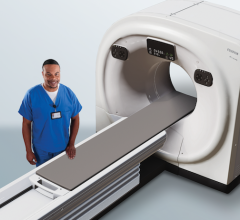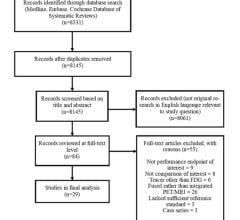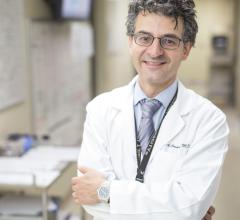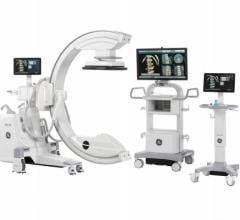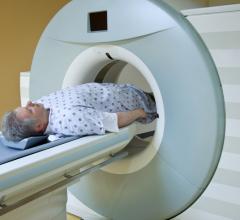
December 28, 2009 - An open discussion of the facts about radiation hazards from computed tomography (CT) scanning is needed, said a panel of experts at the American Association of Physicists in Medicine (AAPM) has issued a statement in light of recent public concerns and news reports about radiation dose.
The AAPM statement warns of "several misleading statements made with respect to radiation hazards from CT scanning" after a recent FDA alert as well as two articles in a leading medical journal called public attention to the safety of CT scans, which require the use of X-rays and can result in a small, but non-zero, risk of causing cancer.
The Science Council and Executive Committee of the AAPM issued its statement out of concern that incomplete or incorrect information may lead some people to forgo necessary scans. The full statement appears at: http://www.aapm.org/publicgeneral/CTDoseResponse.asp.
"CT scans are valuable, life-saving procedures that play a critical role in saving the lives of thousands of people every day," said John M. Boone, M.D., chairman of AAPM’s science council and vice chairman of radiology at the University of California, Davis Medical Center. Some 70 million CT scans are performed each year in the United States, he added, and most are medically necessary for diagnosing diseases and assessing how people respond to treatment.
According to AAPM, medical physicists are partnering with technologists, radiologists, regulators, manufacturers, administrators, and others to strive to ensure that CT scans are only given when medically indicated, and when they are performed that the minimum amount of radiation is used to obtain the necessary diagnostic information.
However, the AAPM is responding to concerns after the U.S.Food and Drug Administration (FDA) issued a statement regarding 206 people who underwent diagnosis and treatment of stroke were exposed to high doses of radiation at one hospital in Southern California. The exposures caused hair loss and skin reddening in some of them. Similar incidents have since been identified at other hospitals, including two additional ones in Southern California.
"There is no excuse for such radiation overexposures. Improved training as well as new machine interface features may be needed to prevent future occurrences," noted the AAPM statement. "News of these incidents has led to a nationwide mobilization of medical physicists, working with hospital administrators, radiologists, and CT technologists to get a better handle on CT protocols at each individual institution."
The AAPM statement also addresses two recent back-to-back articles published in the journal Archives of Internal Medicine. These articles project, based on a number of assumptions, that the use of diagnostic CT in 2007 could lead to thousands of future cases of cancer in the United States.
The AAPM statement takes issue with the assumptions used to calculate these risks. It also notes the difficulty in determining whether radiation or some other factor was the cause of a person’s cancer, as opposed to incidences of car accidents or shootings where the causes of death are unequivocal and unambiguous.
"Because radiation-induced cancers present the same clinically as normally occurring cancers, there is no way to know who died from a radiation induced cancer and who died from a naturally occurring cancer," the statement reads. "This issue is compounded by the fact that the number of theoretically predicted radiation induced cancers is tiny compared to the very large cancer incidence rate in humans (~25-30 percent), making the impact of radiation on cancer rate very hard tomeasure."
Boone indicated that the articles focused on risk, but they did not discuss the benefit of CT scans. "Nobody denies that CT exams should be performed only when necessary," he said, "but when necessary, the diagnostic information provided by a CT scan can be life saving."
AAPM made the following recommendations to patients to ensure that CT scans are only performed when medically necessary:
- Discuss with your doctors not only the radiation risks of the CT examination but also the risks of not having the diagnostic information that the CT would provide;
- Find out if all appropriate measures for dose reduction have been used (e.g., is the scan limited to the region of the body that concerns the medical question);
- Verify that the CT technique factors are adjusted according to the size of the patient’s body;
- Make sure that repeated CT scans are avoided whenever possible;
- Consult a radiologist if there are any remaining questions about dose reduction or the necessity of a CT scan.
- Patients and referring physicians should also ask if the facility is accredited by the American College of Radiology. This is an assurance that it practices state of the art, low dose CT.
Click here for the complete statement of the AAPM Science Council and Executive Committee.
For more information: www.aapm.org

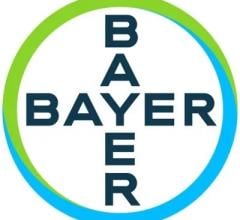
 August 09, 2024
August 09, 2024 
